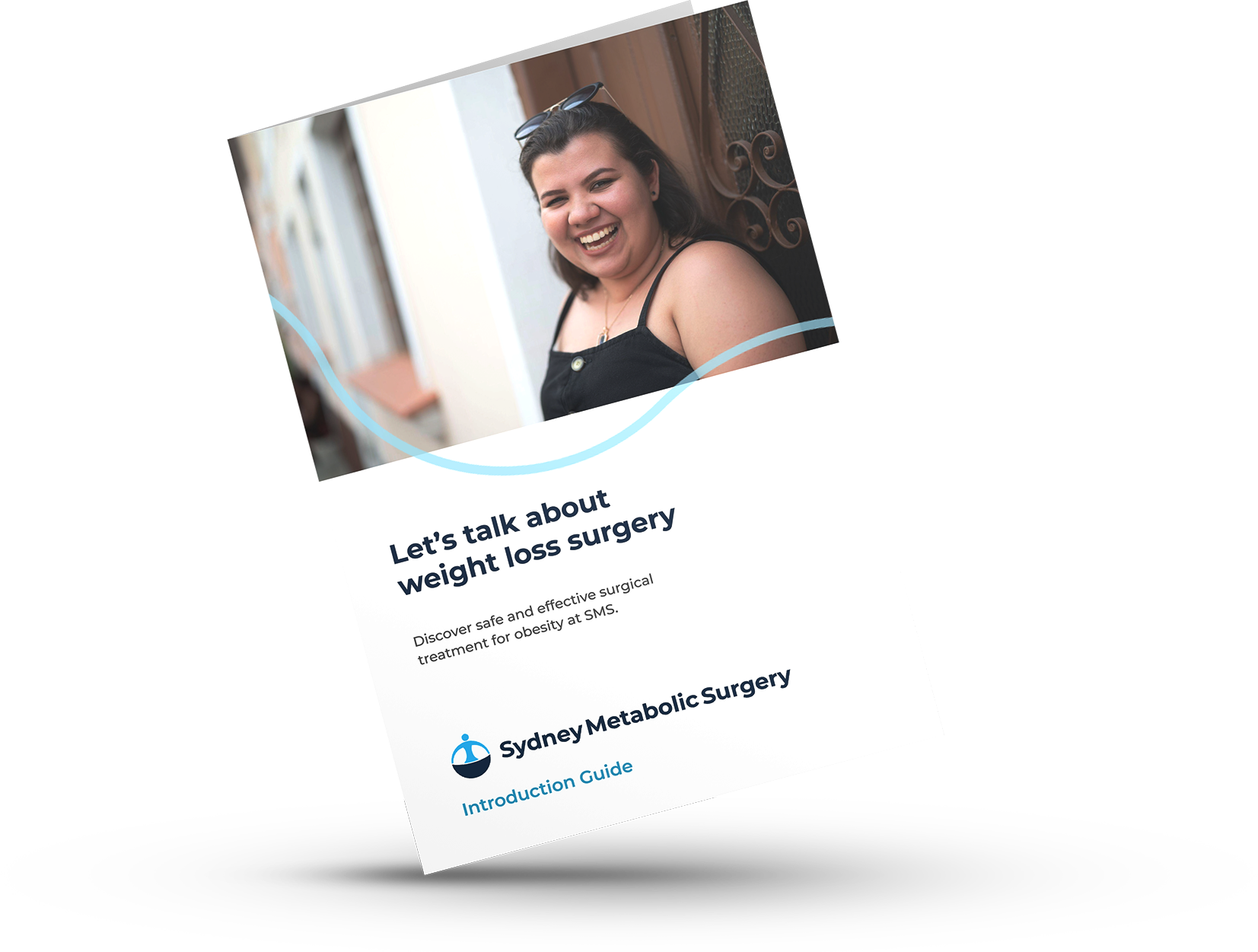Although there is a great variation between different patients’ experiences it is difficult to say when it is necessary to call the practice. A few events should raise concerns.
Staple line leakage
Leakage happens for lower than 1% of the patients. It usually causes fever and severe sudden pain after eating, especially if you were not following your dietary instructions.
If you start eating solid foods early, it will be like poking your finger through the staple line trying to break it. You might get away with it, but you should remember that leakage is potentially life-threatening, and it can be quite painful.
We have perfected the procedure to minimize leakage, but we also need you to follow the diet instructions. Even with everything being handled perfectly, leakage might happen.
If it happens, let us know and we will make sure to tend to your complications. We recommend nobody operate on you without consulting us, as we have performed your procedure and know your case very well.
If you are worried that you have a leakage, don’t hesitate to call us. We do not mind “false alarms” and would rather you call us every time you suspect anything. In this way we can make sure there is nothing to worry about or catch the issue as early as possible.
Other more common causes of pain include localized bleeding, normal post-operative pain, psychological issues, lung clots, infections, splenic infarction (sharp decrease in blood supply to the spleen), lung collapse, back-related pain (if you already suffer from chronic back pain), severe acid reflux and inflammation of the lower esophagus, and multiple other related and non-related causes.
Severe acid reflux
Most of the acid reflux is manageable at home with acid medication. Only in the extreme cases, when the sleeved stomach is pulled up into the chest, a semi-urgent surgical intervention is needed. With proper stitching and plication this shouldn’t happen.
Recurrent vomiting and dehydration
Vomiting is not uncommon following sleeve gastrectomy, and it has many causes. Most patients will stop vomiting soon, but some goes on even for a few days and may need readmission for hydration.
The most common cause of prolonged vomiting is usually severe inflammation and oedema of the newly sleeved stomach. If there is some unavoidable angulation in the gastric tube, it might lead to complete blockage.
To counteract and decrease the oedema and the inflammation we usually use Dexamethasone, a strong steroid.
Bleeding
Some blood loss is unavoidable. Bleeding could range from negligible to a level where blood transfusion might be needed. Thankfully, the probability of significant bleeding is low. Bleeding is usually from the newly formed staple line, and stitching usually is the best way to control it, which we routinely do.
Bleeding could also occur from other organs, including liver, spleen, greater Omentum, and the port sites. After surgery, we will monitor your blood levels routinely to check for significant drops.
Deep venous thrombosis
Obesity is one of factors which encourages clotting of the blood in the deep veins. We do take due precautions, like routinely injections of Clexane and putting on stocking and pneumatic calf compressors during surgery. If you are a higher risk patient you might need about 2 weeks of Clexane injections, which you can inject independently at home. The risk of clotting is the highest in the first 3 weeks after surgery, and fades away gradually. Long distance travelling is obviously not advisable in the first 4 weeks.
Hypoglycemia
Literature has registered occasional severe attacks of hypoglycemia, which could lead to fainting. This is usually due to a much higher level of insulin production in an insulin-resistant individual.
Once weight lost occurs, the insulin sensitivity improves but the level of insulin secretion remains the same. This will lead to severe hypoglycemia if the oral intake is inadequate. It can take a few weeks for the sugar level to stabilize.
One of the best ways to prevent these attacks is pre-operative dieting and weight-loss, which trains your body and gets it ready for the post-operative period.


 1300 190 461
1300 190 461



 Penrith Consulting Rooms
Penrith Consulting Rooms